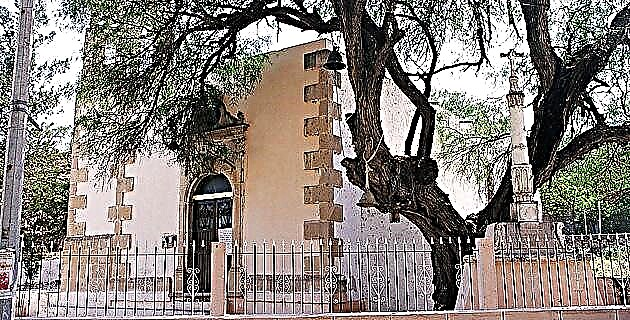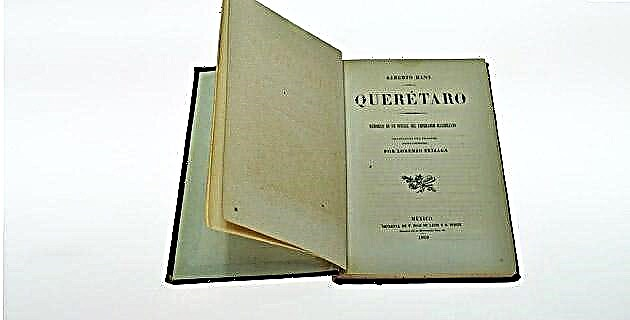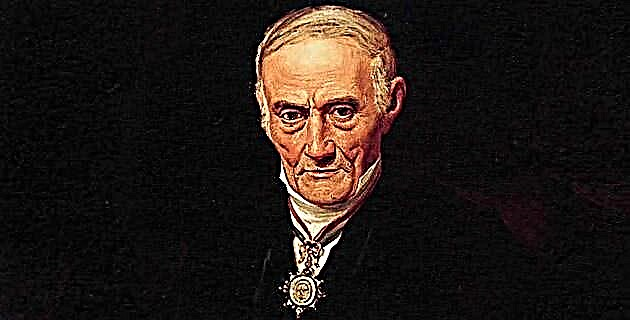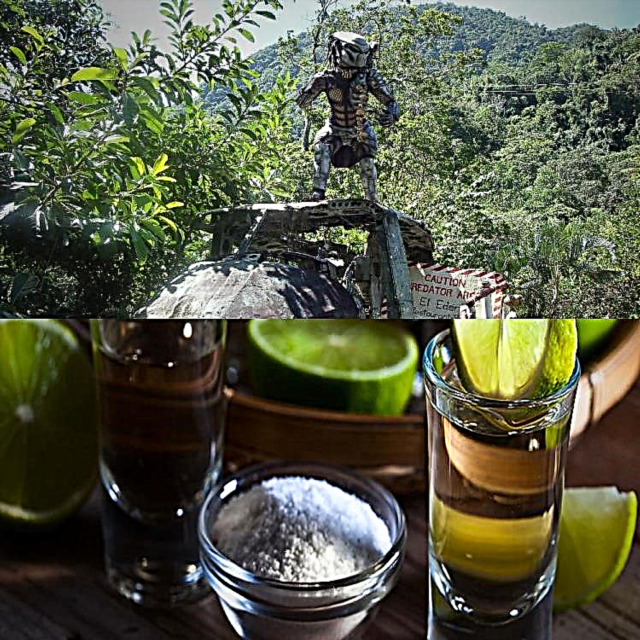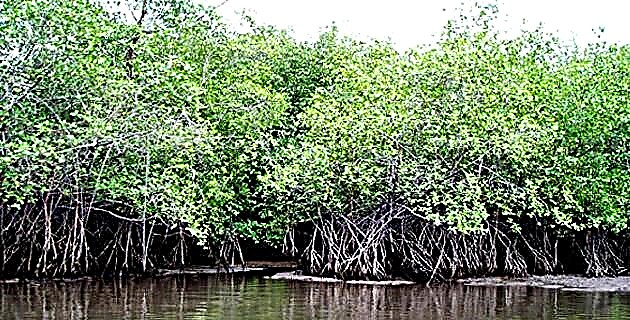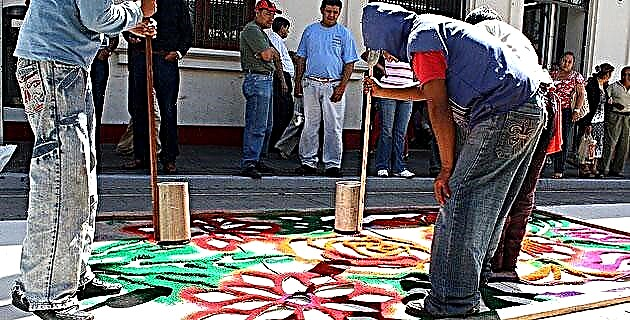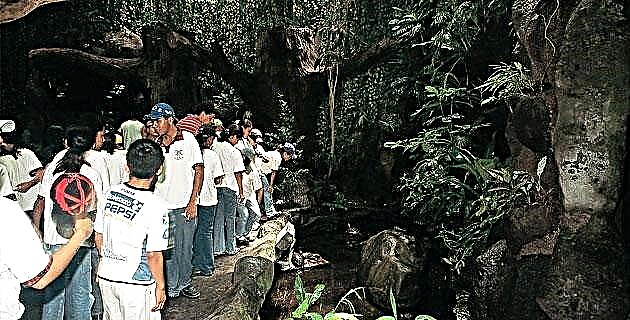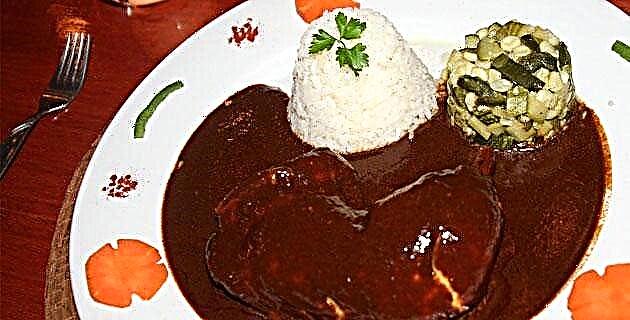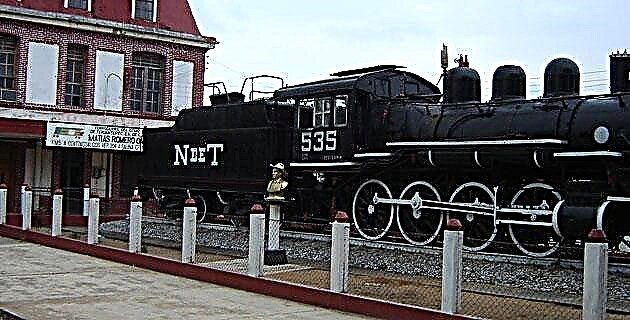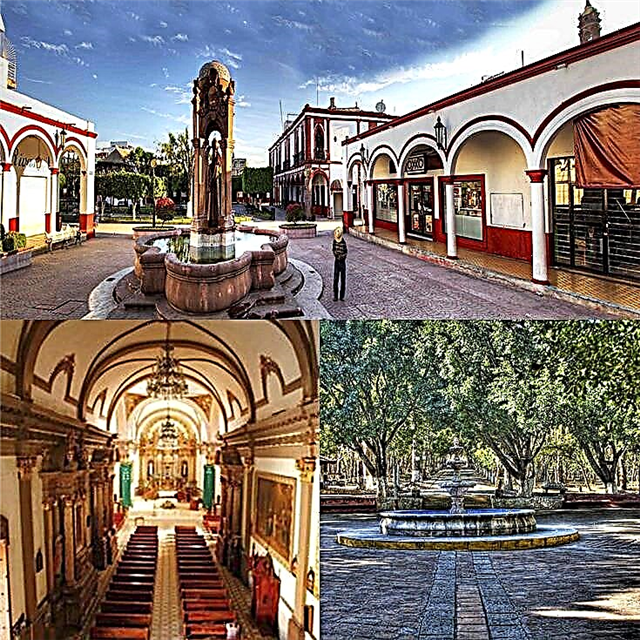We introduce you to Jiquilpan de Juárez. With an altitude of 1,560 meters above sea level, a geography worthy of admiration, beautiful monuments and rich gastronomy, we are going to know this Magic Town Michoacano with this complete guide.
1. Where is Jiquilpan?
Jiquilpan de Juárez is a city and municipal seat of the state of Michoacán, located 145 km. from Guadalajara and 524 km. Federal District. It is located in the Ciénaga del Lago de Chapala and Cerro de San Francisco, has a population of about 35,000 inhabitants who proudly preserve their customs and is rich in culture and history. The Magic Town also has an architectural heritage in which several important buildings are distinguished.
2. How do I get to Jiquilpan?
To get to Jiquilpan de Juárez from Mexico City, you must take national highway number 15, which connects Mexico City, Morelia and Guadalajara, or board a flight Mexico City - Guadalajara, lasting 1 hour 20 minutes. Starting from Guadalajara, the land trip is 145 km. along the La Barca highway. Also the national highway number 110 connects Jiquilpan with the city of Colima, which is 171 km away. of the Magic Town.
3. How was the town formed?
Its name is of Nahuatl origin and means "place of indigo", although several similar names are used, such as Xiuquilpan, Xiquilpan, Xiquilpa and Jiquilpan. In pre-Hispanic times, the hill of San Francisco was covered with pine and oak forests. With colonization, logging began to grow corn and other crops, with some of the forest near the top of the hill surviving. The full name of Jiquilpan de Juárez was adopted in 1891.
4. How is the climate of Jiquilpan?
Jiquilpan has the typical temperate climate of Michoacan regions, favored by its almost 1,600 meters above sea level. The environment is very dry between November and April, a period almost free of rainfall, which gives way to the rainiest months, from June to September. Temperatures range between 15 and 25 ° C throughout the year, with an annual average of 19 ° C, a pleasantly cool and mountain climate.
5. What are the main attractions of Jiquilpan?
Jiquilpan de Juárez has several buildings of historical and religious interest, such as the former Franciscan convent, which contains invaluable riches inside. The Cuauhtémoc and Juárez urban forests constitute beautiful natural spaces. Other places of interest are the museum on the life and work of Lázaro Cárdenas del Río and the Temple of the Sacred Heart, which also served as a military barracks, theater and cinema.
6. What is the former Franciscan convent like?
The arrival of the Franciscan evangelizers to Michoacan lands resulted in the construction of the convent in the second half of the 16th century. Among the most valuable pieces in its interior is a Christ who was a gift from Emperor Charles V to Fray Jacobo Daciano, a religious belonging to the royalty of Denmark who was cloistered with the Franciscans. The historical archive is currently kept in the cloister of the former convent, which contains records related to important figures in Mexican political and cultural history, such as Lázaro Cárdenas and Feliciano Béjar.
7. What are the Cuauhtémoc and Juárez forests like?
These extensive and beautiful territories constitute the main plant lung of Jiquilpan de Juárez and today they are protected by the state status of "protected urban forests." Its wide spaces allow all kinds of ecological and sports activities, such as camping, outdoor games, hiking and cycling. The Cuauhtémoc Forest houses a sericulture center. There are also covered areas for rest and public health services.
8. And the stone house?
In the Cuauhtémoc Forest there is the famous Stone House, which was Lázaro Cárdenas' resting place in the 1930s. Later, Cárdenas opened it to the public, already endowed with valuable documentation on the endemic species of this natural space. With beautiful stone finishes and cozy corridors, the stone house was the location for the filming of the film. The lovers of the Lord of the Night, which made it known nationally, making it a must-see for tourists.
9. What is the museum of the life and work of Lázaro Cárdenas like?
President Lázaro Cárdenas was born in Jiquilpan on May 21, 1895, being the most important character in the history of the town. In 1976 a museum on the life and work of Cárdenas was inaugurated in the old Center for the Study of the Mexican Revolution. The museum has exhibition rooms and a library, housing an important collection of objects and documents related to the illustrious Jiquilpian. In the museum there are some finds related to Lázaro Cárdenas' stay in the Casita de Piedra and pre-Hispanic pieces from the Otero Archaeological Zone.
10. Are there other relevant temples?
The Temple of the Sacred Heart is a building erected during the second half of the 19th century. It is dedicated to the Sacred Heart of Jesus and is one of the most emblematic buildings in Jiquilpan. Inside there is a map of the Mexican Republic used in the Cristeros War. The church was used as a military barracks in 1918 and later as a theater and headquarters of the Cine Revolución in 1936.
11. Is there an archaeological zone in Jiquilpan?
Jiquilpan has the Archaeological Zone of Otero, whose buildings date back at least 900 years BC, a site of great importance in pre-Hispanic times as an agricultural and cultural center. The first discoveries were made on the El Otero hill in the period 1940 - 1942, finding several major works such as buildings, platforms and a considerably advanced structural system for the time.
12. Are there any other relevant monuments?
This Magic Town is full of monuments and fountains, among which we can mention the monuments to Benito Juárez, Lázaro Cárdenas del Río, Ignacio Zaragoza and the obelisk to Rioseco and Ornelas. The monuments to Diego José Abad and Rafael Méndez are also admirable. Other places of architectural interest are the Fuente de la Aguadora, the Pila de los Gallitos, the Pila de Zalate and the Pila de los Pescados.
13. How are the festivities in Jiquilpan?
Jiquilpan is a party town and lively celebrations cover the entire calendar. Among the most important we can mention the festival in honor of the city's patron, San Francisco de Asís, which is celebrated on October 4 and the festival of the Virgin of Guadalupe, between December 1 and 12. On November 20, Jiquilpenses and visitors commemorate the anniversary of the Mexican Revolution with bullfights, cockfights, concerts and other cultural events that fill the Magic Town with color and joy.
14. What can we find of crafts in Jiquilpan?
The jiquilpenses are proud of their silk cocoon-based crafts. A group of artisan women from Jiquilpan have organized to try to obtain a designation of origin that supports and protects the breeding of the worm in the municipality, promoting an export process. Local artisans are also very skilled in miniature pottery and weave palm hats and other pieces of vegetable fibers. The traditional dresses for the town festivals are made in Francisco Sarabia, a town located 4 km. north of Jiquilpan.
15. How is the gastronomy of Jiquilpan?
Jiquilpan offers a typical Michoacan gastronomy. You cannot miss trying the corundas with chili and cheese wrapped in chard leaves, the traditional Michoacan carnitas and the exquisite morisqueta (rice with tomato sauce and cheese). If you fancy some alcohol, the jiquilpenses boast of producing their own mezcal de olla and the traditional Mexican tequila. At dessert time, be sure to try the chorreadas or the delicious cajeta wafers.
16. Where am I staying?
The Palmira Hotel has a beautiful typical Michoacan architecture. It has comfortable and spacious rooms and its guests praise it for its cozy family atmosphere. The Hotel Plaza Tascara is a lodging that offers a convenient balance between rate and quality and is located just one minute from the main square in the historic center. Hotel Plaza Sahuayo is 8km away. from Jiquilpan, while Cabañas Mi Chosita, cozy wooden cabins, are located 32 km. from the Magic Town, on the Ecotourism Route of El Tigre.
17. What are the best restaurants?
The Colonial Café, in the historic center, is a place where you can enjoy a coffee and a sandwich, or a more complete meal. It is a cozy place and they have live music. Other options to eat in Jiquilpan are Freshon, on Calle 5 de Mayo Oriente 12 in the historic center and if you fancy Mexican food, at Lázaro Cárdenas 21 you will find the El Curandero restaurant.
We hope that this guide will be of great use to you and we would love to receive your comments and experiences from your visit to the Magical Town of Jiquilpan.


